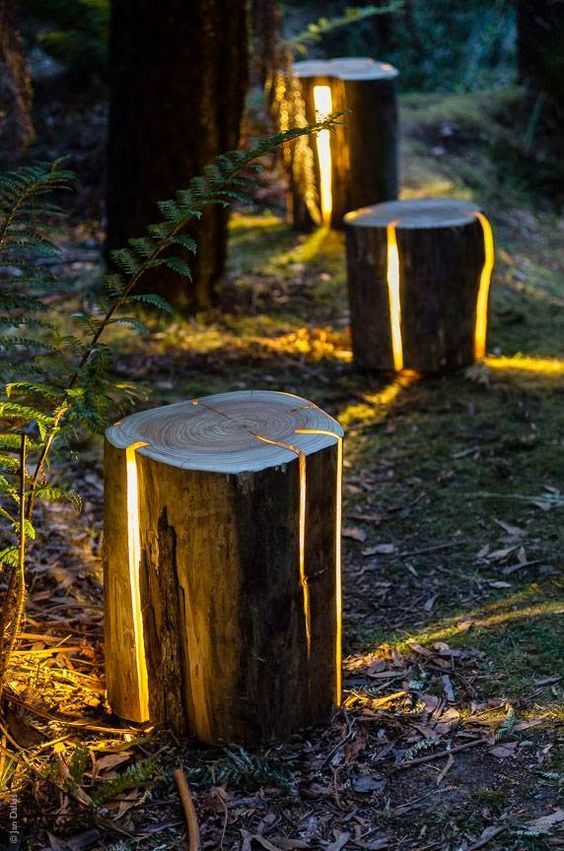
Outdoor lighting designing involves strategically planning and implementing lighting fixtures in outdoor spaces to enhance the aesthetics, safety, and functionality of the area. This process requires careful consideration of factors such as the layout of the outdoor space, the desired ambiance, and the specific purposes of the lighting. Different types of fixtures, including path lights, spotlights, and wall sconces, can be used to create unique lighting effects and highlight key features of the outdoor area. Designers may also incorporate features such as timers, motion sensors, and dimmers to customize the lighting experience and improve energy efficiency. Proper outdoor lighting design can transform a dull, dark space into a warm, inviting area that can be enjoyed day or night, while also increasing security and visibility. Whether illuminating a cozy backyard patio or a grand exterior facade, outdoor lighting designing can greatly enhance the overall appeal and usability of any outdoor space.
Proper outdoor lighting is an essential element in designing functional and aesthetically pleasing outdoor spaces. The right lighting can enhance the overall mood, safety, and functionality of a space, making it more enjoyable and inviting for all who use it. When planning outdoor lighting, it’s important to consider the specific needs of the space, the desired ambiance, and the practical requirements for safety and visibility.
Different types of outdoor lighting fixtures can be used to create a variety of effects, from highlighting architectural features to providing ambient lighting for entertaining or relaxing. Pathway lights, for example, can illuminate walkways and guide visitors safely through the space, while spotlights can be used to showcase a unique plant or sculpture. String lights can add a festive and cozy atmosphere to outdoor dining areas, while wall-mounted fixtures can provide general illumination for seating areas or outdoor kitchens.
In addition to choosing the right fixtures, it’s also important to consider the placement and spacing of outdoor lights. Lights should be strategically placed to provide even illumination throughout the space while avoiding glare or shadows. Additionally, the positioning of lights can help create a sense of depth and dimension in the outdoor environment, enhancing the overall design and atmosphere. By carefully selecting and placing outdoor lighting fixtures, you can create a beautiful and functional outdoor space that will be enjoyed by all who visit.
 Decoration Ideas
Decoration Ideas








